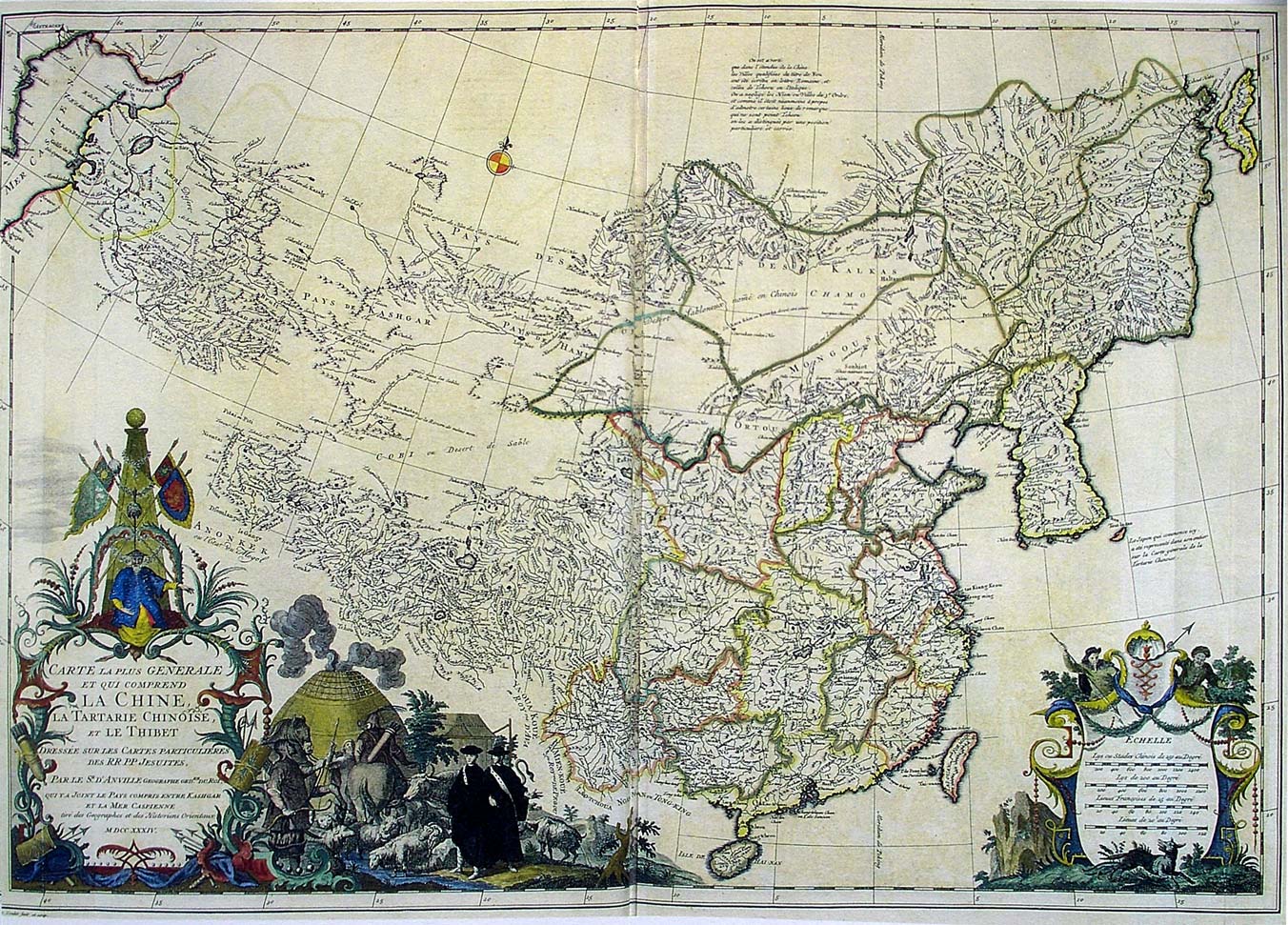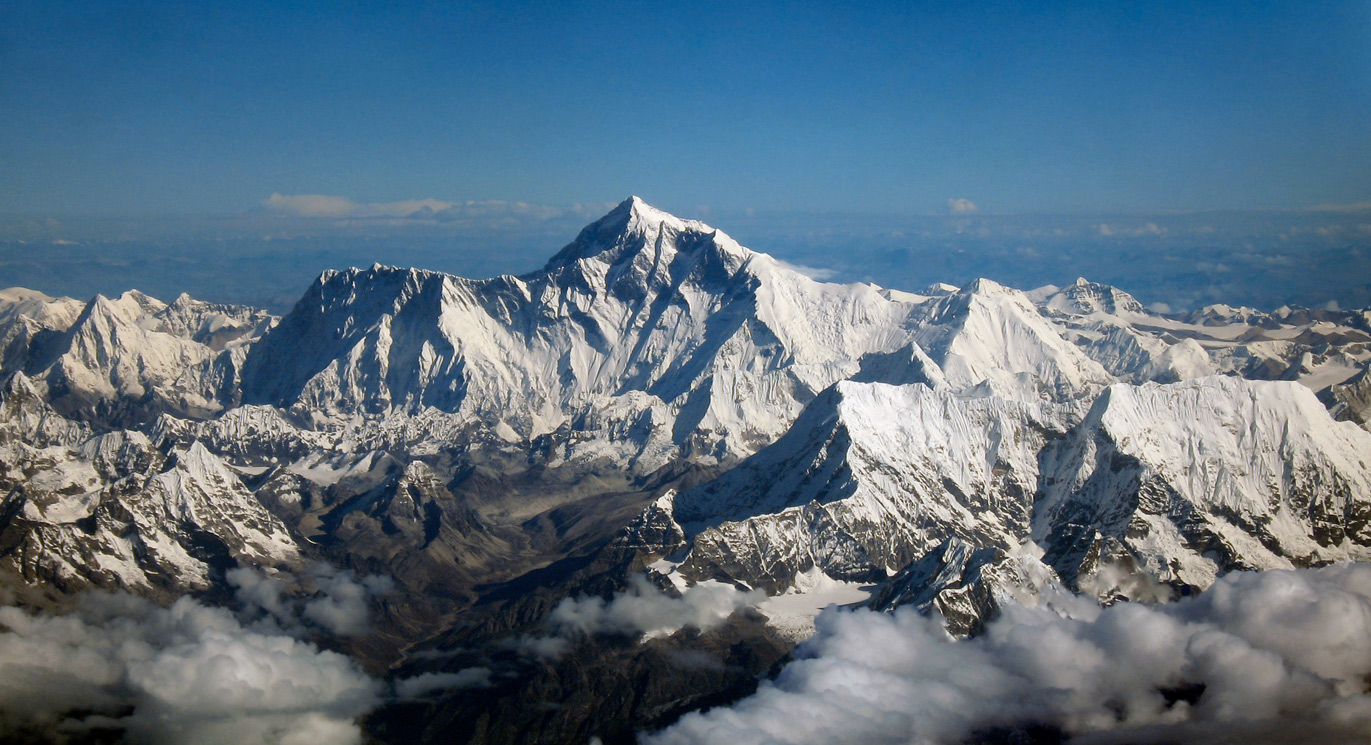In November 1988, National Geographic published a map of the Himalayas that is considered to be the most beautiful map of the mountain range ever created. Cartographer and explorer Bradford Washburn, together with his wife Barbara, spent four years on the mapping project, flying a plane to take aerial photos, along with other surveys.
On the title of the map, however, the world’s highest peak was given three names: Its popular appellation in the West, Mount Everest, the Nepalese name, Sagarmatha, in Nepalese script, as well as its Chinese moniker, Zhumulangma, in Chinese characters.
Mount Everest was known in the West only as Peak XV before it was officially named in 1865 after George Everest. The British surveyor and geographer led a survey team in 1852 to measure the elevation of what turned out to be the highest mountain on the planet, which, according to Mr. Everest’s measurement, rose 8,840 meters (29,002 feet) above sea level.
The story has it that Everest himself, who was the surveyor general of the Great Trigonometrical Survey – a project backed by the East Indian Company to measure the Indian subcontinent in the 1830s, was opposed to naming the world’s highest peak after himself. Everest suggested that it should be given its native appellation under the argument that the locals would have difficulty pronouncing his name. But, the Royal Geographical Society decided to dub the world’s tallest peak Mount Everest anyway.
 Tibet and the surrounding regions (1990). Image via the Royal Geographical Society’s website
Tibet and the surrounding regions (1990). Image via the Royal Geographical Society’s website
The name was quickly picked up by Western countries after the society published ‘Tibet and the surrounding regions’ in 1900, an influential map then considered to be the best of its kind, depicting detailed Himalayan mountains in what is now Tibet Autonomous Region.
But, in China and Nepal today, the mountain goes by a different name than that in the West, as was shown in the 1988 National Geographic map of Mount Everest.
In the Middle Kingdom, the mountain peak is known as Zhumulangma, the pinyin transliteration of its Tibetan name Qomolangma, which means ‘mother of earth.’ The first known record of this indigenous moniker is traced back to the 1700s when the Kangxi Emperor of the Qing Dynasty sent a survey team made up of Chinese officials and French priests to map out Tibet for the Kangxi Atlas – a map of the Qing Empire. During the Republic of China era, maps and textbooks in China adopted the mountain’s popular Western moniker. It wasn’t until 1952 that Mount Everest was designated Zhumulangma feng (珠穆朗玛峰) on Chinese maps and in textbooks and other publications.
 The Kangxi Atlas in French (1734 or 1737, disputed). Image via Wikemedia Commons
The Kangxi Atlas in French (1734 or 1737, disputed). Image via Wikemedia Commons
The name Sagarmatha, meaning ‘mountain as high as the sky,’ was adopted by Nepalese authorities in 1951, 29 years after the country’s independence.
Today, the world’s highest mountain sits at 8,848 meters (29,029 feet) above sea level, which is an internationally recognized figure, but the 2015 Nepal earthquake has led scientists to believe that the mountain has shrunk by a small degree.
This October, a China-Nepal exploration was officially established by the two countries to measure the altitude of Mount Everest, with a new figure expected to be revealed to the world at the end of 2020.
 Mount Everest. Image via Wikimedia Commons
Mount Everest. Image via Wikimedia Commons
[Cover image via Wikimedia Commons]





















0 User Comments